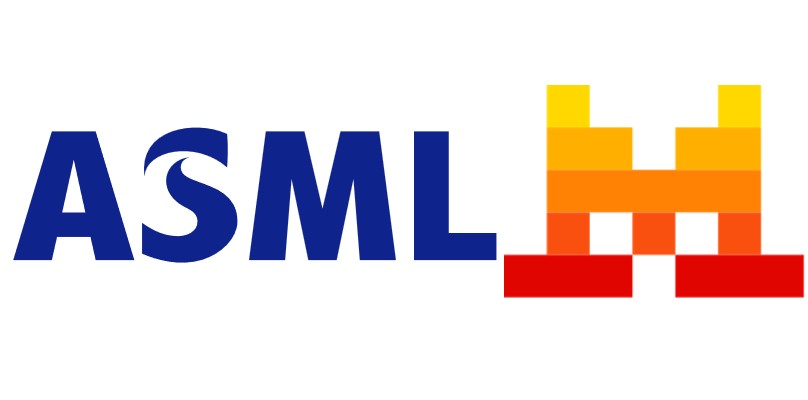From interoperability to generative data management, here are the key trends shaping the data management agenda

Curious about what 2025 holds for Data Management? This article offers a strategic perspective on the trends that we expect will demand the most attention.
But first things first: let’s look at where we are today.
It is widely recognized that Data Management is the main bottleneck when scaling AI solutions. More and more companies see the benefits of good data management when building scalable data & AI capabilities. In fact, to do anything meaningful with data, your business must organize for it.
However, there is no one-size-fits-all data management strategy. How to organize depends on what you want to accomplish and what your business considers critical. Regardless of whether your organization adopted defensive or offensive data strategies, 2024 was marked by the fact that nearly all companies were addressing these three challenges:
- Balancing centralization versus decentralization. Data mesh principles bring data federation into focus. That is, strategically determining the level of domain autonomy versus standardization in order to balance agility with consistency.
- Explicitly linking data management with use case value. Many companies have started properly building a business case for data. Both value and costs have become part of the equation, as part of a shift from big data to high quality data.
- Managing the trade-off between flexibility, scalability and technical debt. This involves deciding between highly automated, low-code platforms for users of varying technical skills vs. high-code frameworks for experienced developers who work on tailored solutions.
Moving on to 2025, we expect the key trends to be:
- Interoperability –to overcome heterogeneous technologies and data semantics across organizational siloes.
- Generative data management –to enable both GenAI use cases from the information contained in the data, as well as GenAI data governance agents.
- Balancing data democratization with people capabilities –to foster high quality decision-making. This involves both high data trustworthiness and building people's ability to work with the data.
Now let's review them one by one.
Trend #1. Interoperability
Building scalable data management typically evolves to a stage where decentralized domain teams take ownership, and data definitions and discoverability are effectively addressed. However, this creates a landscape with both heterogeneous technology and data across domains. For companies that have adopted offensive data strategies, this means that domain-transcending use cases are hampered as the underlying data cannot be integrated. For companies that have adopted defensive data strategies, this means that meeting the regulatory requirements (e.g. CSRD) that require company-wide integrations, are at risk. Either way, the promise of interoperability is to reap the value for cross-domain use cases.
When designing interoperability solutions, we need to start by asking what data should be common across domains and how to handle the heterogeneity over domains to deliver the value in cross-domain use cases. Here the challenge from heterogeneous data can be expected to be more complex than the challenge that stems from heterogeneous technology.
What about implementation? While property graphs, ontologies, query federation engines and semantic mapping technologies are serious contenders for providing a strong technological basis for interoperability, scaling these solutions remain unproven. However, we anticipate that 2025 will be a breakthrough year, with leading companies in data management demonstrating successful large-scale implementations—potentially integrating access management solutions as an additional layer atop the interoperability framework.
The journey doesn’t stop there: achieving end-to-end interoperability hinges on the collaboration of your people. Addressing use cases with cross-domain questions demands a coalition of domain experts working together to craft semantic models and establish a shared language, essential for breaking down silos and fostering seamless integration.
Trend #2. Generative data management
Whereas the general public enthusiastically adopted GenAI in 2024, we expect 2025 to be marked by the integration of GenAI into business processes. However, successfully embedding this new class of data solutions will depend heavily on effective data management.
Drawing parallels with predictive AI, it’s clear that integrating GenAI into business operations requires robust data management frameworks. Without this foundation, businesses risk a proliferation of siloed point solutions, which later require costly redevelopment to scale. Moreover, the risks associated with the classic "garbage in, garbage out" rule are even more pronounced with GenAI, making high-quality data a critical prerequisite. In short: fix your data first.
Interestingly, GenAI itself can play a pivotal role in addressing data management challenges. For instance, GenAI-powered data governance stewards or agents can automate tasks like metadata creation and tracking data provenance. (Check out our article on Knowledge Graphs and RAG to learn more about their transformational powers.)
For companies with offensive data strategies, thriving with GenAI requires aligning its deployment with a solid data management strategy. Meanwhile, defensive strategies can leverage GenAI to automate tasks such as data classification, metadata generation, and tracking data lineage across systems.
To make all this work, companies must solve the challenges of technological interoperability, allowing GenAI use cases to access and benefit from diverse datasets across platforms. Since GenAI relies on a variety of labeled data to perform optimally, addressing these challenges is critical.
All in all, we believe 2025 will be the year GenAI begins transforming data management for businesses that recognize it requires a fundamentally different approach than predictive AI. The companies that adapt will lead the way in this next wave of innovation.
Trend #3. Balancing democratization of data with people capabilities
Many companies began their data transformation journeys on a small scale, often driven by technology. This has now led to broader data availability within organizations, bringing both opportunities and challenges. Two key outcomes are emerging:
First, to empower the right people, it's important to evaluate where you are today, and what responsibilities and competencies you require from the people within your organization. This feeds back into the level of abstraction of technical capabilities, the training curriculum and the purpose of your accelerator teams. For more details check out this blog post on data management adoption.
Second, trustworthiness and quality of the data becomes more critical than ever. Indeed, low quality data and lack of trust in the data can cause significant organizational noise and costs. (Consider the impact of erroneous sales data accessed by 100 users and systems, with all reports and decisions based on it propagating those inaccuracies).
For companies with offensive data strategies, high-quality data products enable scalability, allowing less technical domain experts to contribute more effectively to building solutions. For defensive strategies, robust trust and quality checks pave the way for "data management by design," enabling a shift from "human in the loop" to "human on the loop".
In sum, we believe 2025 will mark a turning point in data management, characterized by higher levels of automation and an improved developer experience. This will make data management more accessible to a wider range of people while requiring a step up in both people skills and data quality. Striking the right balance between these elements will be critical for success.

Building end-to-end data management capabilities
Our strategies elevate the performance of your data management from marginal or tactical results to transformational successes.
Explore our data management servicesThe road ahead
The market around data & AI is rapidly changing. It is also filled with noise, from the latest data management tools to emerging paradigms (e.g. data mesh, grid, fabric, and so on). Without a focused approach, it’s easy to lose sight of what truly matters for your organization.
Addressing this challenge is much like conducting an orchestra, where people, technology, and organizational elements must work in harmony on a transformational journey. Missteps can lead to isolated point solutions or inadvertently create a new bottleneck. But with the right mix of experience, skill, and knowledge, success is absolutely achievable. In an earlier blogpost we shared our perspective on making data management actionable. Are you ready to step into the role of the conductor, orchestrating data management for your organization? If so, contact us to share your experience!
This article was written by Nanne van't Klooster, Program Manager, Freek Gulden, Lead Data Engineer, and Frejanne Ruoff, Principal at Rewire.



